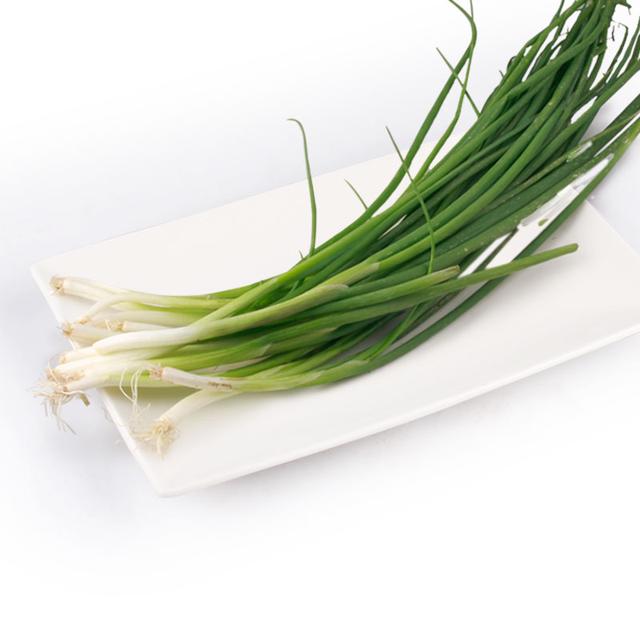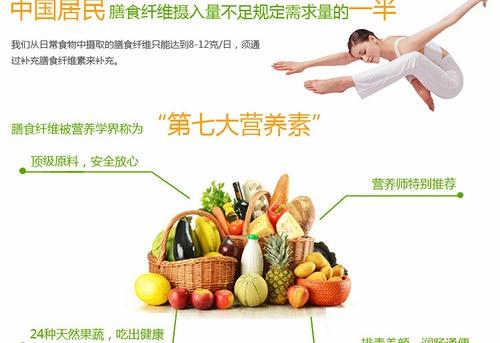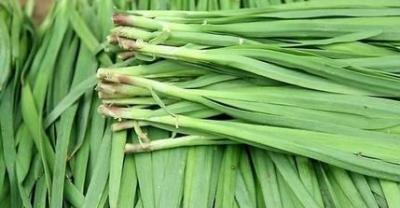After eating vegetables all my life, did you eat it right?
Vegetables are essential to our daily meals, but do you really preserve the nutrients in vegetables during cooking? Today, let's discuss how to distinguish vegetables and how to cook them correctly.

Vegetables are an important source of vitamins, minerals, dietary fiber and other nutrients for human intake. Vegetables are rich in variety, color and variety, with different flavors, giving people enjoyment of life; at the same time, they have a variety of functions such as stimulating appetite, regulating acid-base balance in the body, promoting intestinal peristalsis and helping digestion. Vegetables are also rich in phytochemicals such as carotenoids, polyphenols and flavonoids, thioglycosides, organic sulfur compounds, etc., which have important nutritional value for maintaining normal physiological activities and immune regulation and improving health.
Fresh vegetables and fruits are an important part of balanced diet of human beings and one of the important characteristics of traditional diet in China. It is recommended that adults in our country eat 300g-500g vegetables every day, preferably dark vegetables account for about half, fruits 200g-400g, and pay attention to increasing the intake of potatoes.

What are dark vegetables?
Vegetables can be divided into dark vegetables and light vegetables according to their color shades. The nutritional value of dark vegetables is generally better than that of light vegetables. Dark vegetables refer to dark green, red, orange red, purple vegetables, rich in carotene, especially β-carotene, is the main source of vitamin A for Chinese residents. In addition, dark vegetables also contain a variety of other pigment substances such as chlorophyll, lutein, lycopene, anthocyanins, etc., as well as other aromatic substances, which give vegetables a special rich color, flavor and aroma, have the role of stimulating appetite, and present some special physiological activities.
Common dark green vegetables are: spinach, rape, winter cabbage, celery leaves, water spinach (spinach), lettuce leaves, mustard, broccoli, broccoli, shallot, chrysanthemum, leek, radish tassel and so on. Common red orange vegetables are: tomatoes, carrots, squash, red peppers and so on. Common purple vegetables: red amaranth, purple cabbage, cabbage and so on.

How to cook vegetables properly?
The nutritional value of vegetables is affected not only by variety, location, origin, season and other factors, but also by cooking and processing methods. Heating cooking can reduce the nutritional value of vegetables, tomatoes, cucumbers, lettuce and other raw vegetables should be washed after eating, the correct way to cook vegetables is:
Wash first and then cut: The correct method is to wash with running water, wash first and then cut, do not soak vegetables in water for too long, otherwise it will cause excessive loss of water-soluble vitamins and inorganic salts in vegetables.
Fast fire fry: high carotene content of green leafy vegetables with oil fast fire fry, not only can reduce the loss of vitamins, but also promote the absorption of carotene.
Open soup dishes: vitamin C content is high, suitable for raw food, vegetables should be as cold as possible raw; or blanch in boiling water for 1-2 minutes before mixing, can also be used with hot soup with oil blanch vegetables. Boiling root vegetables in boiling water can soften dietary fiber and improve the taste of vegetables.
Fried ready to eat: cooked vegetables should be eaten as soon as possible, even soup with vegetables to eat; do eat now, avoid repeated heating, this is not only because nutrients will be lost with the extension of storage time, but also may increase nitrite content due to bacterial nitrate reduction.
Vegetables and fruits cannot be substituted for each other.
Although vegetables and fruits have many similarities in terms of nutritional composition and health effects, they are two different types of food, and their nutritional value has its own characteristics. In general, vegetables are much more varied than fruits, and most vegetables (especially dark vegetables) have higher levels of vitamins, minerals, dietary fiber and phytochemicals than fruits, so vegetables cannot replace fruits. In the diet, fruit can supplement the lack of vegetable intake, fruit carbohydrates, organic acids and aromatic substances than fresh vegetables, and fruit before eating without heating, its nutritional composition is not affected by cooking factors, so fruit can not replace vegetables. It is recommended to have vegetables at every meal and fruit every day.

Dietary fiber is an essential dietary component for human body
Although dietary fiber cannot be digested and absorbed, it has important physiological functions in the body and is essential to maintain human health. Dietary fiber has the function of preventing constipation, dyslipidemia, diabetes, and is beneficial to intestinal health.
Dietary fiber is rich in plant foods, vegetables generally contain 3%, fruits contain about 2%, due to different processing methods, eating parts and varieties, dietary fiber content is also different, carrots, celery, shepherd's purse, spinach, leek, etc. higher than tomatoes, eggplant, pineapple, strawberry, water chestnut higher than bananas, apples, etc. The dietary fiber content of the edge skin or peel of the same vegetable or fruit is higher than that of the central part. If it is removed when eating, some dietary fiber will be lost. Therefore, when people eat uncontaminated vegetables and fruits, they should try their best to eat the peel and pulp together. It is recommended that normal adults take 25g-30g of dietary fiber per day.
- Prev

High-fiber vegetables, did you eat right?
When it comes to dietary fiber in food, the first thing that comes to mind is those vegetables with silk and tendons. Such as celery, carrots and so on. Give the baby a supplementary meal every time.
- Next

Surprise! Eight kinds of vegetables with magical hypoglycemic effect
In addition to taking hypoglycemic drugs, diet control and food therapy are also important adjuvant treatments for diabetes. According to the research at home and abroad, the following eight kinds of vegetables have.
Related
- Where is it suitable to grow horseradish in China? it is expected to see the middle altitude horseradish in Alishan.
- How to prevent tomato virus disease reasonably? (Control methods included)
- Many people like to plant towel gourd on the balcony. What are the main points of this method and management?
- What crops can chili peppers be mixed with?
- Fertilization techniques and matters needing attention in Tomato
- What are the grafting techniques for peach seedlings in spring?
- Harm and control methods of root swelling disease of Chinese cabbage
- What are the pests of sweet potatoes? How to prevent and cure it?
- Symptoms, causes and Control methods of navel Rot in Tomato
- The cause of "Cucumber rotten bibcock" in Farmers' planting Cucumber and its Control Plan

